Furniture maker, author, illustrator and book publisher Graham Blackburn took seriously his mission to describe the advent of tables for the website Fine Woodworking, literally winnowing down thousands of years of table making to an easy read.
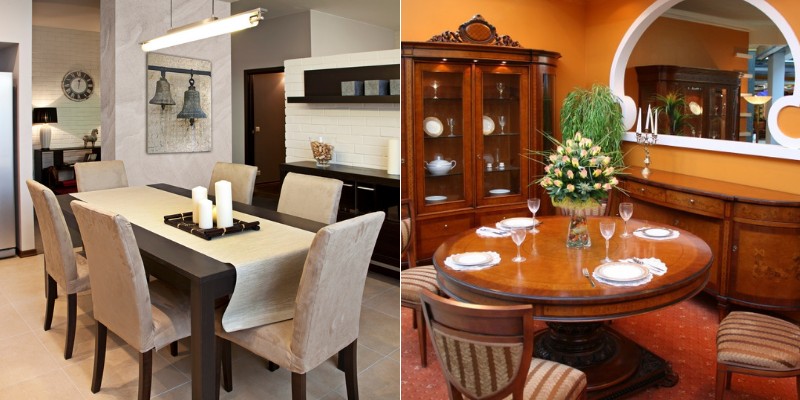
His research begins with the first 4-legged tables found in Ancient Greek, Egyptian and Roman societies all the way through Western tables that relied upon trestles for structure and integrity.
Over the ages, new styles of tables emerged that served myriad purposes, taking the humble table out of the kitchen so it served a wide range of utilitarian purposes in living rooms, dining rooms, entryways and everywhere else.
“Much ingenuity has been used to construct tables that may be expanded or reduced in size,” writes Blackburn, but in the end, it would be hard to imagine what life might be like without all 15 of the table types on our list!
Let’s see the various types by function first:
1) Dining Table
Even the New York Times newspaper has weighed in on the topic of dining room tables, noting that these central gathering places for family meals are available in so many styles, periods and designs, there’s not a home on the planet that doesn’t have at least one.
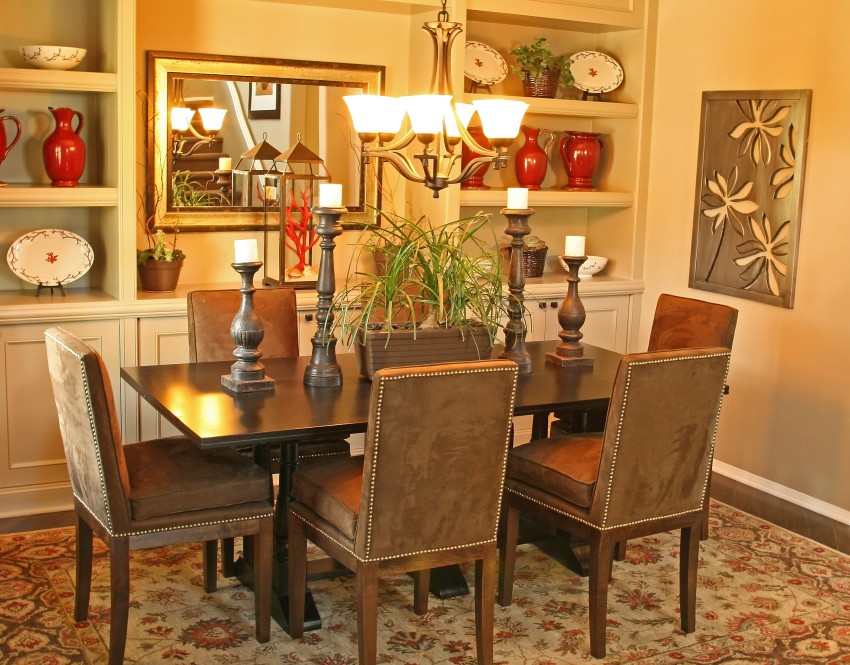
Affordability, timeless style, stability and construction should always factor into selection in addition to making certain that you choose a size that’s not only big enough to hold family diners but small enough to fit into what are traditionally smaller dining room spaces.
2) Kitchen Table
Once upon a time, kitchen tables were the only tables in homes, particularly those with vast interiors and no walls to divide structures into multiple living spaces back in the days curtains served as room dividers.
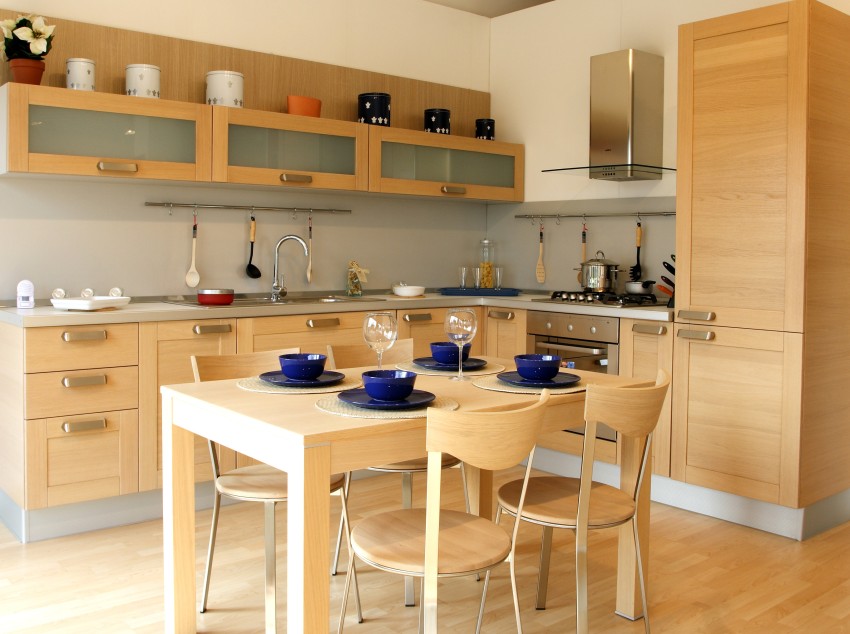
Kitchen tables tend to be smaller than dining room tables but surfaces are just as diverse, be they circular, oval, square or rectangular.
Kitchen tables no longer serve as just set-ups used for casual, informal dining. They are employed just as frequently for non-eating tasks, like doing homework, paying bills and serving as activity spots for kids best kept away from formal dining tables!
3) Coffee Table
If trivia is one of your favorite games, you’ll love knowing more about the advent of the coffee table, rumored to have been invented in the early 1900s by American Imperial Furniture company founder F. Stuart Foote.
Eager to help his wife prepare for a party, he lowered the legs of a dining table so guests could reach their cups while socializing in the living room.
Professional designers, quick to pick up new furniture trends, promoted coffee tables and they became staples in the furniture industry.
According to Kassavala Decor professionals, the coffee table “should be approximately two thirds of the length of your sofa,” but in terms of materials, the sky’s the limit. Today’s coffee table could just as easily be a slab of rock as a slice of tree trunk.
4) TV Table
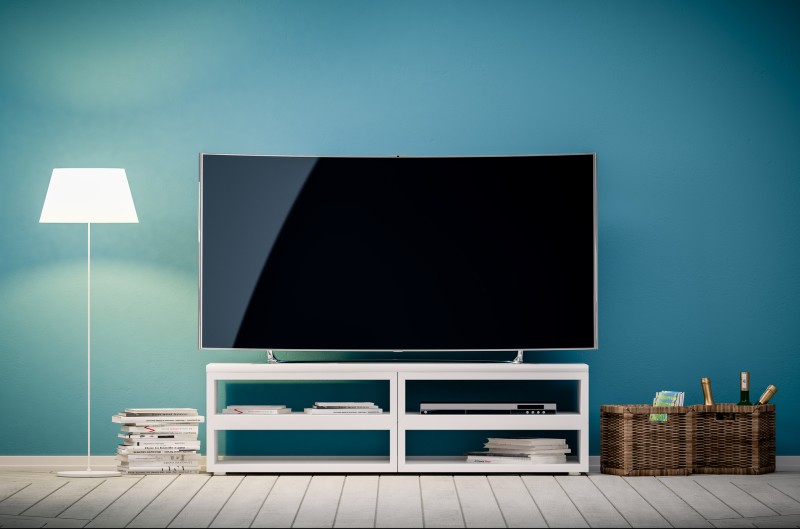
The extremely-useful TV table debuted back in the 1950s when Americans were glued to their TVs. Not only were Americans spending inordinate amounts of time in front of the tube, but food innovations like TV dinners debuted so family meals around a dining table became rare occasions.
Homemakers weary of cleaning food and drink stains off living room furnishings, welcomed TV tables with open arms.
Usually sold in sets of 4, TV tables folded flat and could be mounted on storage racks to be tucked away when not in use.
TV tables became such iconic furnishings, a set was displayed at a National Museum of American History exhibit.
5) Bedside Table
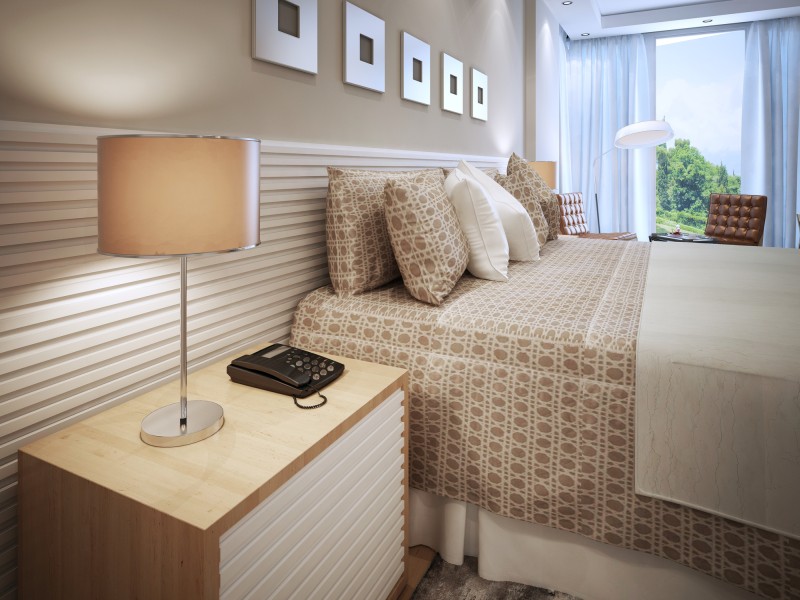
The All About Home editorial staff, asked to define the bedside table, came up with a surprising response. “A bedroom bedside table is like a silent support system…both for the bed and the person in the room.”
Over time, bedrooms have morphed from sleeping chambers to comfort zones, thus a need for places to stow essentials in close proximity to the bed grew in importance.
Nightstands, a type of bedside table, offers more places to keep items because they feature drawers and shelves.
From storage to lamps and from photos to clocks, bedside tables now host remote controls and smart phones, proving that they truly are the silent support systems described by the All About Home staff.
6) Dressing Table
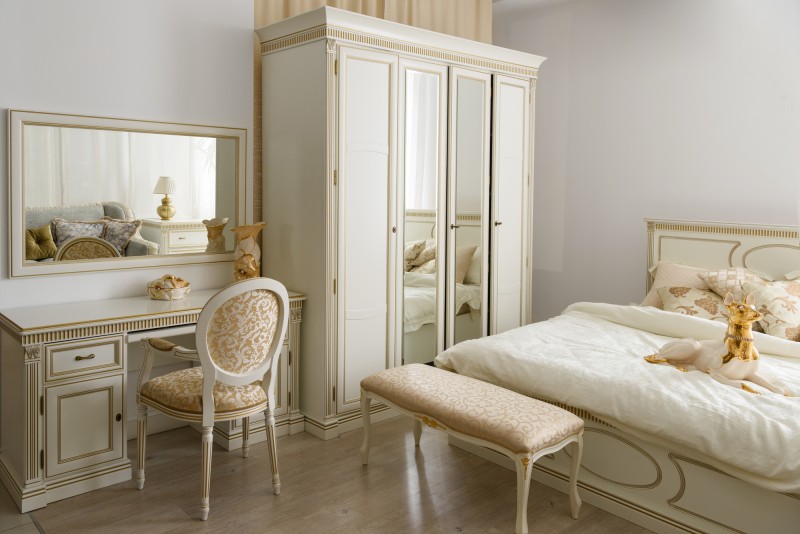
When writer Jennifer Kelly Geddes chose the headline “A dressing table that can do so much more” for her article on vanities for Realtor.com, she wasn’t exaggerating.
The posh, quintessential dressing table of the 1950s and 1960s that consisted of a stash of beauty gear and a huge makeup mirror was once a sign of Hollywood glamor that has since metamorphized into a must-have for today’s trendsetter.
Once the realm of lipsticks, cologne bottles and diaries, today’s dressing table now doubles as work space for women who know their way around both cleansing creams and cyberspace.
7) Console Table
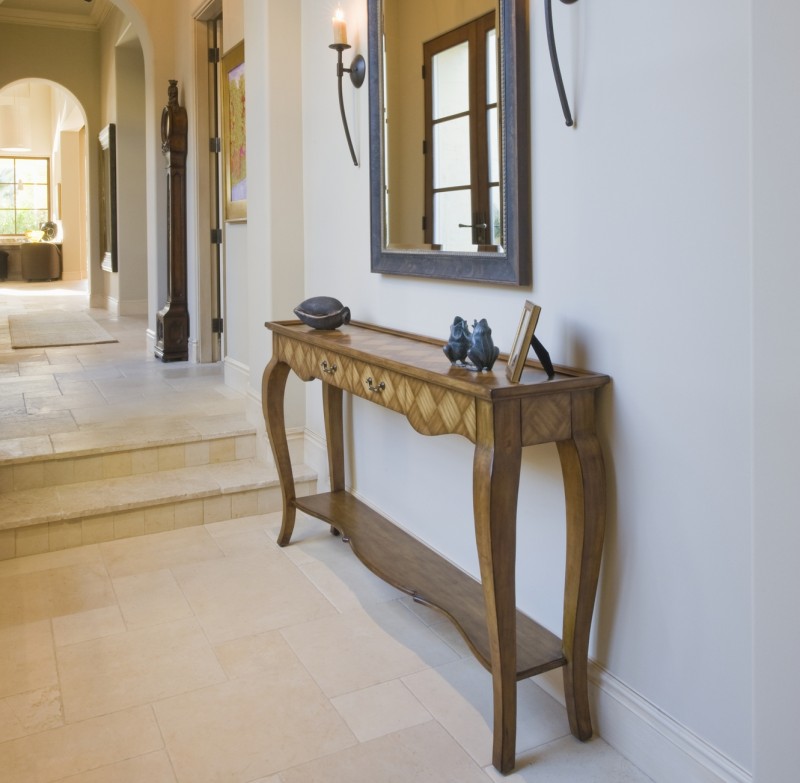
The ElleDecor website calls the console table “Part accent, part catchall,” describing this unique table type as ubiquitous, dutiful and “usually taking center stage.”
First appearing in 17th Century France, these skinny, rectangular slabs were kept in place by wall-mounted brackets.
Now, they’re literally on their own thanks to the addition of legs. Typically measuring from 30- to 36-inches high, these furnishings are ideal solutions for narrow spaces like hallways but plenty of people use them as sofa tables, bars, vanities and desks when space is at a premium.
8) Vanity Table
For sticklers who insist that dressing tables aren’t vanities — like editors at Design Trends — separating the two requires additional insights.
The original vanity is “a variation on the chest of drawers with only one or two rows, instead of three or more.” Further, 18th century vanities were called “lowboys” and they did not feature mirrors.
Both men and women had vanities back in the day. “Men could keep their hair powders, razors, oils and combs there,” say Design Trends researchers. This speaks to the fact that men can be as “vane” as women when it comes to fretting over how they look.
9) Patio Table
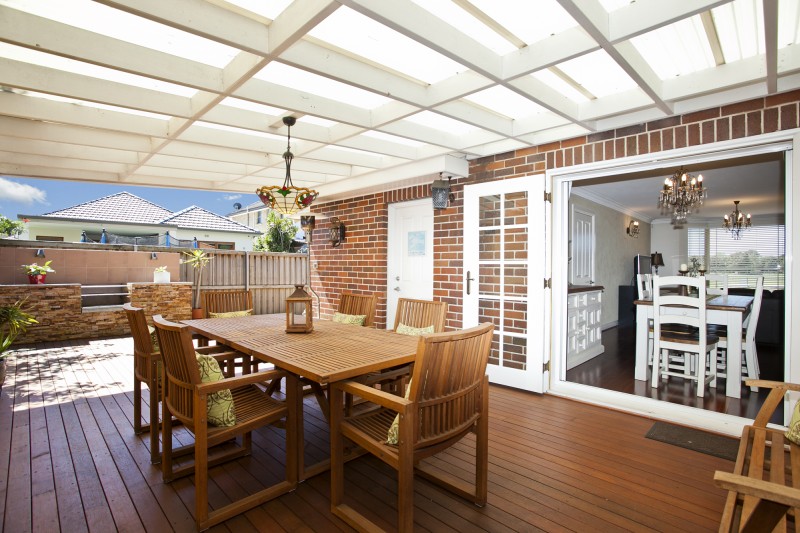
Egyptologists say that the earliest outdoor tables were made of reeds and swamp grasses harvested from the Nile River, while in Rome, stone slabs served as outdoor tables.
But patio tables as common household furnishings didn’t become popular until the mid-1950s, say Smithsonian Institution historians, because before there could be a patio table, there had to be patios!
The humble wood picnic table’s metamorphosis once patios became a much-desired home feature resulted in outdoor tables made from every material under the sun: metal, glass, wood, plexiglass and natural stone.
The folks at Patio Living recommend allowing “18 to 24 inches per place setting,” so use that figure to determine the patio table size that works best for you.
10) Bar Table
Dan Cavallari, writing for WiseGeek.com, says that bar tables are known for being tall enough to require bar stools.
They come in square, round or rectangular shapes and rarely seat more than a handful of people. While wood is a popular material for bar table crafting, these “chest-height” furnishings also employ glass and industrial plastics for tabletops while bases and pedestals tend to be made of sturdier materials to support the table’s weight.
“Some bar tables are designed to act as actual bars,” says Cavallari, citing cabinets and shelves installed in bases that make this type of bar table extremely heavy and not easily moveable once it’s well stocked.
Let’s now see several table types my material:
11) Solid wood tables
The non-profit “Make it Wood” website regales site visitors to the many reasons furniture made of wood is an excellent choice.
Solid wood tables can’t be beat in terms of warmth, richness and offering “a unique combination of aesthetic appeal and peerless structural integrity.”
Wood isn’t a fad; it’s been around since the first tree grew on the planet. Unlike other materials, wood tables can transform a room’s mood.
For homeowners seeking strength and durability plus a sense of timelessness, a solid wood table has no equal and it offers excellent value since solid wood can last for generations when taken care of properly.
Natural wood tables deliver a wide color spectrum plus unique grains and patterns and they fit into nearly every decorating scheme.
For environmentalists, a solid wood table represents the only renewable material used for furniture making.
Responsibly sourced wood means new trees replace those felled so capturing and storing carbon continues, proving that the use of wood is “crucial in the fight against climate change.”
12) Glass tables
If you missed that day in science class, you may not know that glass evolved as a direct result of a stray lightning bolt hitting a sandy beach that resulted in the development of this often-fragile material.
British glassblowers elevated the art of glass crafting to new heights in the 1600s when they began to add lead oxide to the process so slabs of glass could be thicker and sturdier.
French glassmakers were the first to craft glass tabletops in the late 1600s. It took until the 19th century before “glassmakers learned how to blow or cast relatively large pieces and anneal them so that they would be strong enough to withstand the pressure of cutting tools,” say curators at New York’s Corning Museum of Glass.
Today, thick slabs of glass are capable of supporting heavy items, thus translucent tabletops remains a favorite of decorators and homeowners for more reasons than just looks.
13) Engineered wood tables
Even purists who wouldn’t think of choosing anything but a solid wood table recognize the advent of engineered wood tables as a viable alternative to solid wood.
Engineered wood remains a clever solution to forest depletion because natural wood has grown scarce in areas that were over-logged, making solid wood a scarcer commodity that grew more and more expensive. A solid wood substitute was eagerly sought and engineered wood was the result of that effort.
Engineered wood comes in several versions, say HomeLane.com bloggers, who explain that “Plywood, HDF (high-density fiberboard) or MDF (medium-density fiberboard), particleboard, and veneered boards all began to appear on the furniture market as a more affordable but just as attractive alternative.”
Engineered wood tabletops lavished with sealers and laminates are easier to care for than solid wood because those coatings offer moisture resistance — a big benefit for harried moms with exuberant kids who never met a glass of milk they couldn’t spill at mealtime!
14) Wood veneer tables
We turn to Architectural Digest for the skinny on wood veneers so you can differentiate the good, the bad and the ugly. “Wood veneers have been used in furniture-making and millwork techniques for over 200 years,” says interior designer Cate Caruso, describing the process of paper thin wood cuts “applied to both sides of a strong core surface,” like those described above in the engineered wood category.
The most important aspect of making a veneer tabletop is the process of sealing and stabilizing those thin wood strips because untreated, they will expand and contract with temperature changes.
For that reason, it’s critical to choose a high-quality veneer product crafted by an expert millworker capable of producing seamless surfaces. You’ll have to open your wallet for a superior wood veneer table, but in return, you gain a gorgeous table likely to be prized for many generations to come.
15) Metal tables
If you thought that the metal table niche was limited to industrial settings like commercial kitchens, laboratories and other locations requiring tables that stand up to unlimited abuse, you haven’t visited Pinterest lately where styles, types and designs of metal tables are vast and diverse.
In fact, for families adopting the popular industrial look, metal tables can be found everywhere from accent and dining room tables to coffee and end tables – and their origins are older than you likely imagine.
Historians cite German designer Karl Friedrich Schinkel who introduced his 3-legged cast iron table in 1820, which opened the floodgates.
A thriving metal furniture industry sprung up in Birmingham England in the 1840s and though steel and cast iron remained popular, aluminum ultimately became a more popular metal choice for tables because it doesn’t rust and it’s lighter than steel.
The quintessential metal table proves that beauty doesn’t necessarily have to be compromised when a material like metal can also contribute strength and durability.
Related Posts
- How to Protect Sliding Glass Doors from Burglars: Essential Security Tips
- How Long Do Sliding Glass Doors Last? Durability and Lifespan Explained
- Here Are Some Pros and Cons of Textured Walls in Homes
- Why Do Sliding Doors Get Stuck? Common Causes and Solutions
- Comparison of Knockdown Drywall Texture vs Orange Peel
- Some FAQ (Frequently Asked Questions) About Wall Paneling for Homes
Leave a Reply